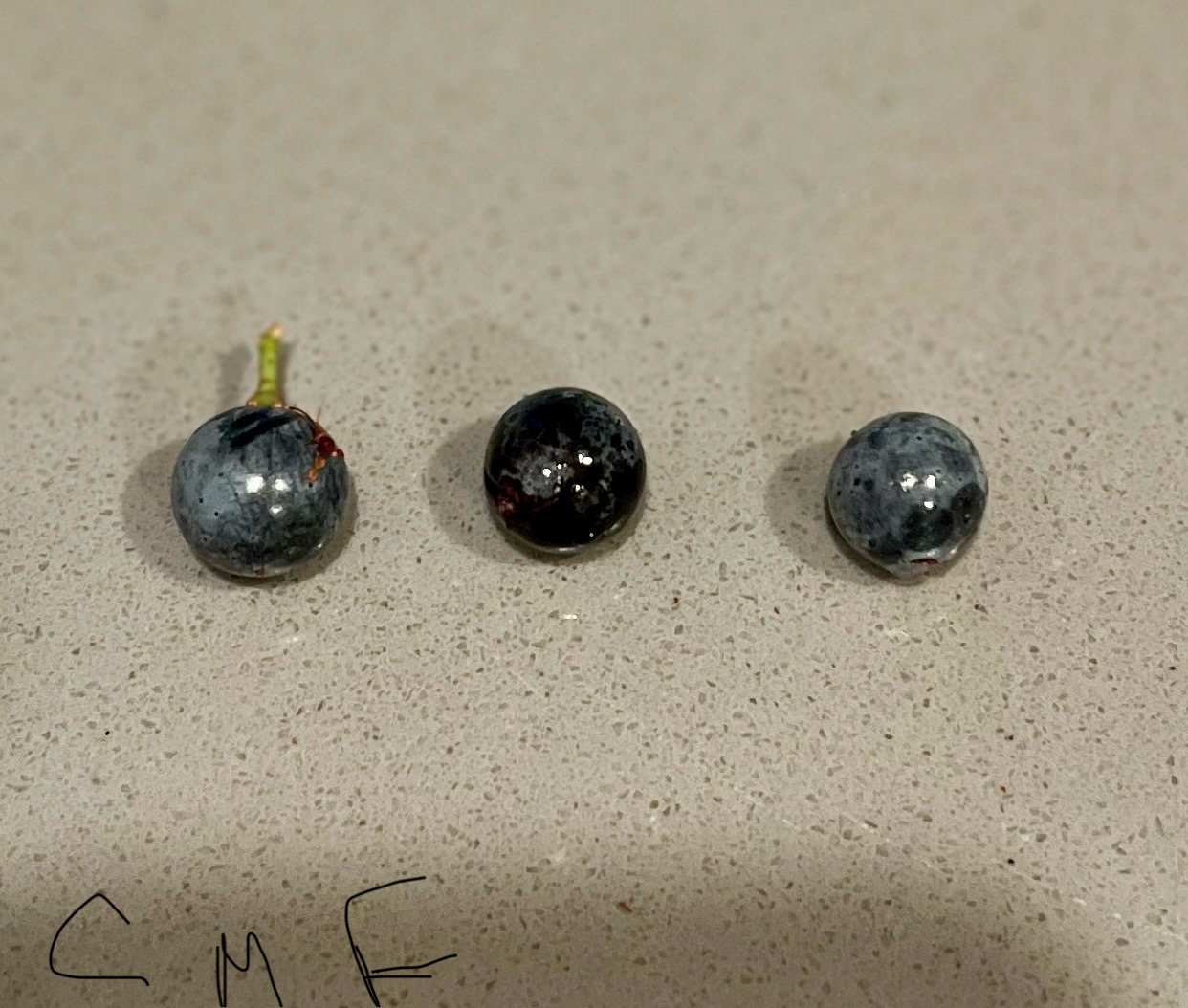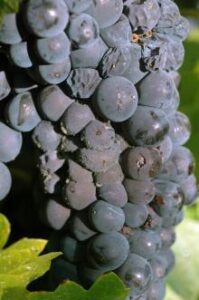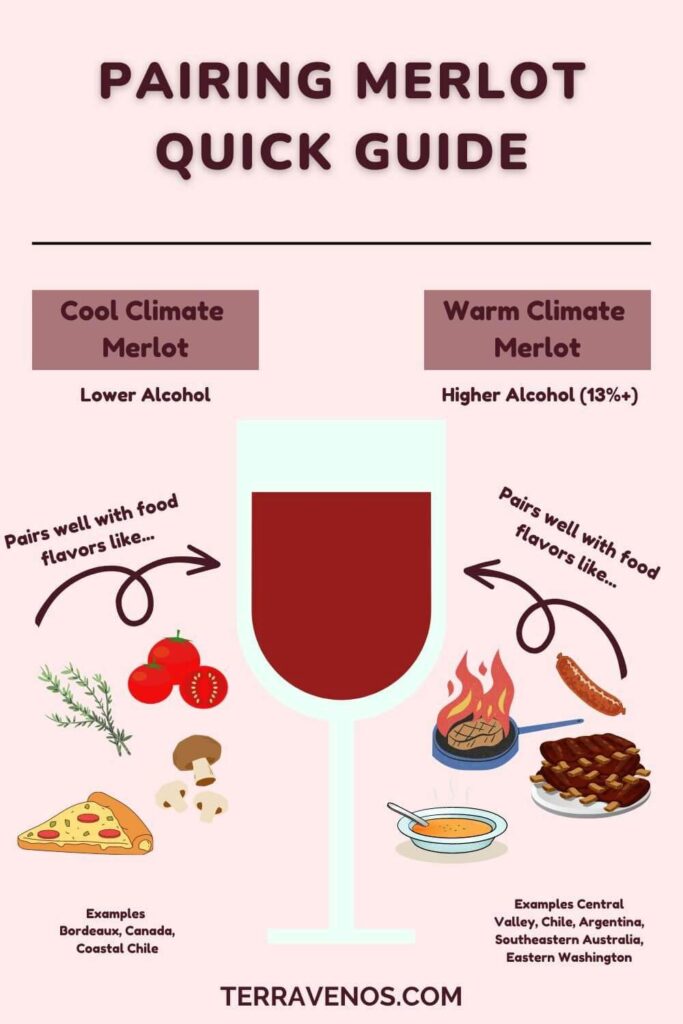Oh Merlot! The step-child of the wine world. The grape that could have been if it weren’t for a stupid line in a movie that also may be the MOST misunderstood line in any movie ever. But thankfully, Merlot seems to be on the rise again. Let’s celebrate it this Thursday, International Merlot Day.

The most planted grape variety in Bordeaux and the third most planted grape variety in the United States, Merlot is having a resurgence (sort of.) According to the California Grape Acreage Report which acquires its information from a questionnaire mailed to 7,500 table and wine grape growers from our list of grape
vineyards, Merlot currently has 33,443 acres planted. Prior to 2004, when the movie that shall remain unnamed was released, there were 423,776 tons crushed. Immediately after the “effect” vines were ripped out and the total plummeted to 225,770.
Although little Little is known of the origin of the variety, it has been cultivated in the Bordeaux
region since the eighteenth century. The first written mention was in 1854 by V. Rendue who described it as “favorable for blending with Malbec and Cabernet Sauvignon and as a component of the great wines of Medoc.” The grape, which acquired its name from its resemblance to the blue-black plumage of the blackbird (merle), is near and dear to my heart since it was born of a cross between Cabernet Franc and Magdeleine Noire des Charentes, Merlot, has several synonyms that have fallen by the wayside; including Merlau, Plant Médoc, Sémillon Rouge, Béguey, Picard, Alicante, and Crabutet Noir.

The clusters are small to medium and are cylindrical in shape with rather large shoulders. The young leaves cream-yellow and downy which is what distinguishes it from its half-brother, Cabernet Sauvignon. (young Cab Sauv is bronze in color) The berries are small, round, blue-black in color with a whitish bloom. The leaves are deeply 5-loped and are long and narrower than its relatives, with sharp teeth. The leaves also have slight tufted hair on their underside.

Merlot is most happiest in deep, sandy loam. It requires well-drained soils that are capable of holding its moisture. It is known to be medium-high in vigor (not as bad as its half brother, Cab Sauv) with an affinity to create a trail. Lateral shoot development needs to be curtailed to reduce excessive vigor. Production can be expected to be between 3 and 7 tons per acre in coastal regions and 5 to 9 tons per acre inner valleys. Merlot is considered a mid-season variety as it typically ripens in late September to mid October. Merlot is slightly susceptible to powdery mildew and Pierce’s disease.
Merlot is a bit defenseless when it comes to cool weather during bloom. Poor fruit set is common in these situations. Thanks to its thin skins and loos bunches it is also susceptible to soil problems that involve zinc deficiency, salinity, and cold, excessively wet conditions. Fall rains are a concern as it is moderately susceptible to Botrytis bunch rot.

Merlot’s taste profile is distinct depending on its growing environment. In warmer climates, the flavors tend to be in the darker fruit profile including blackberry and baking spices. The wine will typically have higher alcohol and smoother tannins. While cooler climates see a wine in the red fruit categories including plum and cherry. It has an affinity for oak and will easily pick up the vanilla and spices from the aging vessel.
When it comes to food pairing, Merlot has more adaptability than its half-siblings, Cabernet Sauvignon or Carménère. It is ideal for pizza to BBQ. Dishes with tomato sauce and meals with mushrooms are both classic pairing examples. Merlot is a fantastic option on your Thanksgiving table. Having thinner skins and less seeds than Cabernet Sauvignon, allows for this pairing flexibility.

On the eve of World Merlot Day, I’m curious—what’s in your glass? Are you reaching for a classic Merlot from Bordeaux, something from the USA, or perhaps a hidden gem from a lesser-known region? Share your Merlot pick with me in the comments, and let’s raise a glass together to this versatile, beloved grape!
~Slàinte!
I invite you to follow me on Instagram, Twitter, Facebook and Youtube for all things wine. I’ll never tell you what to drink, but I’ll always share what’s in my glass. Please subscribe to my blog by entering your email address under “Subscribe to Blog by Email” in the right hand column.
Please support our sponsor: (They have Phoenix, a Merlot/Malbec blend that is ideal for your Thanksgiving table and only three cases left)
Dracaena Wines has received consistent 90+ ratings and multiple Double Gold medals. Click image to order yours today and let Dracaena Wines Turn Your Moments into Great Memories!


